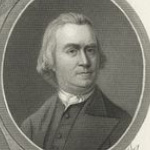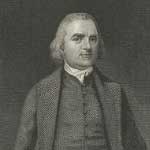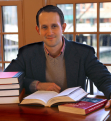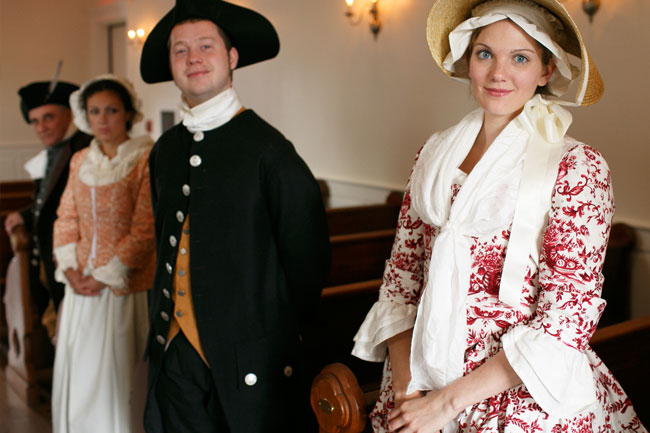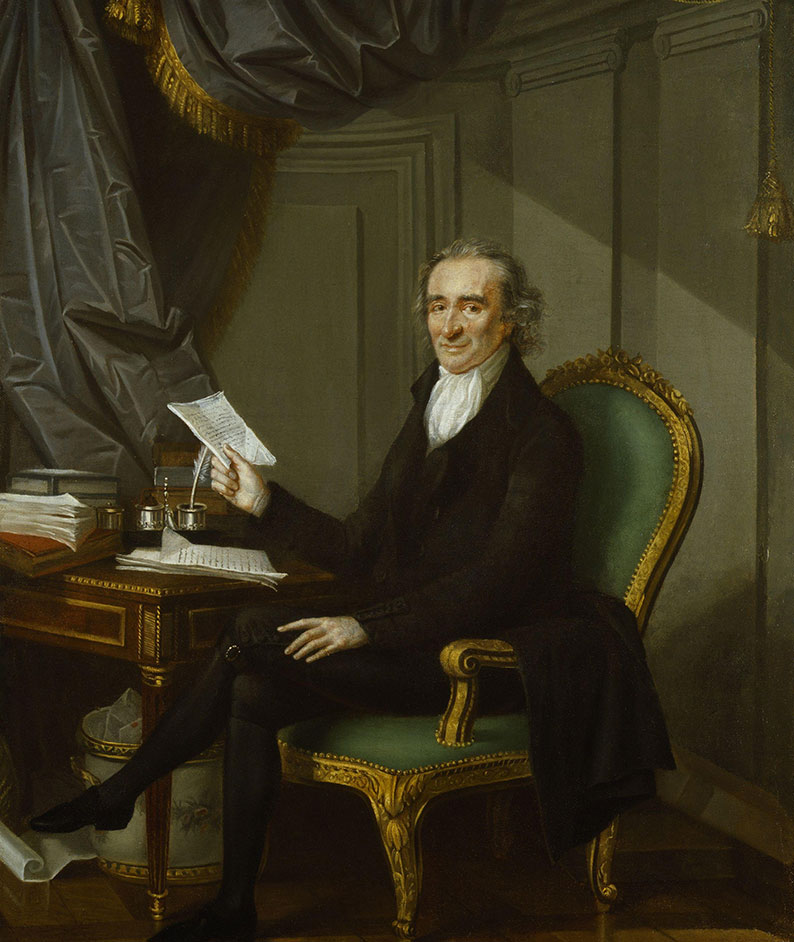The Boston Tea Party Ships Arrive in Griffin’s Wharf
By November 28, the crisis was now on the doorstep of Boston. The first tea ship to arrive was the Dartmouth owned by the Rotch family. The ship arrived with 114 crates of East India Company tea. Samuel Adams and the Sons of Liberty now had a deadline. According to customs law, the ship had only twenty days to unload its cargo. The twentieth day would be December 17, 1773. Still two more ships arrived. On December 2, the Eleanor arrived with 114 crates, and on December 15, the Beaver had joined the other two ships at Griffin’s Wharf.
Samuel Adams took the lead in negotiating with ship owners, and the customs officials for the port of Boston. On December 3, Adams ordered John Rowe, the owner of the Eleanor to unload his other cargo, but not the tea. On December 11, Adams and the Boston Committee of Correspondence ordered Francis Rotch, the owner of the Dartmouth and Beaver, to set sail for London with the East India Company tea onboard. Rotch refused to because his ships would be broadsided by two British warships, the Somerset and Boyne that were out in the harbor. Adams told Rotch that his ship must sail back to London. Adams exclaimed to Rotch “the people of Boston and the neighboring towns absolutely require and expect it.”
Now there were only a few days before the cargo of tea had to be unloaded according to customs law. On December 14, Samuel Adams brought Francis Rotch to the customs collector to ask for clearance for his ships to leave the port of Boston. The customs collector stubbornly insisted that no law would allow the ship to leave before unloading the tea. Two days later, on December 16, Rotch appeared at Old South Meeting House before thousands of angry Bostonians. Samuel Adams advised him to appeal to Royal Governor Thomas Hutchinson for permission to send his ships back to London. Francis Rotch reluctantly straddled his horse, and made his way to Milton where the Royal Governor was staying at his summer estate.

